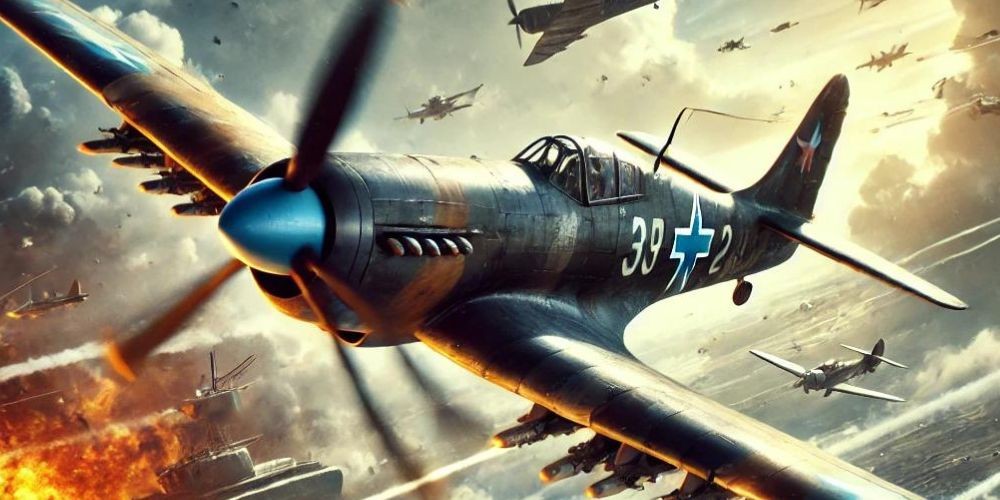War Thunder's Unthinkable Misstep: The Challenger Disaster Debris Cloud in Art
- 26 Jun 2024

In an unexpected and highly controversial development, Gaijin Entertainment's renowned military simulation game, War Thunder, has landed in hot water. The latest event titled "Seek & Destroy" saw the release of key art that prominently features a recognizable symbol of a tragic real-world event: the debris cloud from the Space Shuttle Challenger disaster. The backlash was swift and intense, considering the profound impact that the 1986 tragedy had on American history and maritime exploration.
This piece of artwork showed aircraft in combat with a background scene marked by a distinct debris cloud that experienced players and history enthusiasts immediately recognized. The cloud's particular formation is unique to the Space Shuttle Challenger incident, a catastrophic failure that resulted in the shuttle disintegrating over the Atlantic Ocean shortly after its launch. This misuse of imagery has raised questions about the vetting process behind major graphical assets in War Thunder.
Gaijin Entertainment quickly responded to the wave of concerns, owning up to their oversight. A community manager under the alias Magazine2 issued an apology, revealing that the art team had used an aerial explosion reference pack and failed to identify the specific historical context of the image. The company confirmed that the artwork would be corrected and measures would be implemented to avoid a repeat of such an error. Nonetheless, this incident highlights the importance of thorough research and awareness in content creation.
Despite the apology, the incident underscores a broader issue: the lack of sufficient checks in the gaming industry, especially concerning sensitive historical imagery. While this is not the first time unauthorized images have slipped through the cracks, its emotional and historical significance makes it particularly egregious. Past incidents, such as the use of real-life assassination footage in Telltale's Batman game, have set a questionable precedent for the industry.
Looking ahead, Gaijin's promise to revise its policies and enhance its review processes is a necessary step. However, the industry as a whole must learn from this incident. It is crucial that designers become more diligent about the sources they use, especially when dealing with visuals that could evoke painful memories. This incident, while unfortunate, could serve as a catalyst for more rigorous standards in the future, fostering a more respectful and responsible approach to game design.


